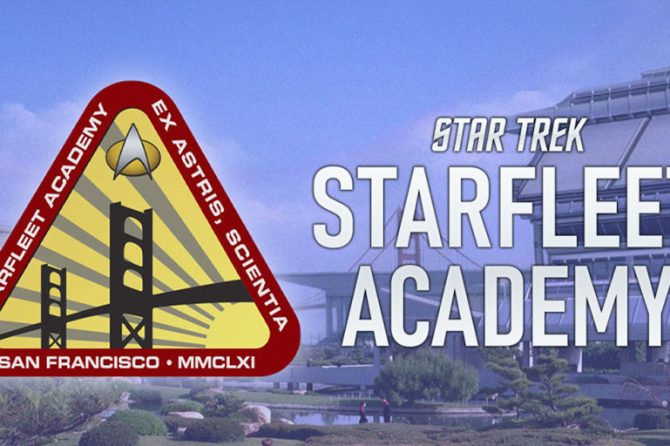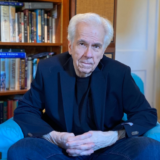 Prey
Prey
20th Century Studios
Hulu
Directed by Dan Trachtenberg
Written by Patrick Aison & Dan Trachtenberg
Based on Characters Created by Jim Thomas & John Thomas
Starring
Amber Midthunder – Naru
Dakota Beavers – Taabe
Dane DiLiegro – Predator
Stormee Kip – Wasape
Michewlle Thrush – Aruka
Julian Black Antelope – Chief Kehetu
Stefany Mathias – Sumu (Chief Wife)
Bennett Taylor – Raphael
Mike Paterson – Big Beard
Nelson Lies – Waxed Mustache
I saw Prey on Hulu the other day. I have mixed feelings. To get to them though, we have to take a short look at the place, presentation and reception of Native Americans in this country.
I was schooled in the 1960s about “The Indians”. Growing up in New Jersey, surrounded by “Indian” place names (Hohokus, Mahwah, Pequannock), we were given the impression that the Indians were primitives, all were related in some fashion and they lived in Long Houses made out of bark, didn’t wear proper clothing, were suckers for bad deals and, for some reason, a lot of them looked like Burt Lancaster, but darker.
Later in life I would come to know several people associated with the American Indian Movement, several of whom had, ummm, attracted the attention of the Federal government. Those folks did not live in bark houses, wore clothes like the rest of us and were protesting bad deals.
I’m not aware of a single treaty the US government has signed with various Indian Nations that haven’t been broken or violated – routinely – when Native American interests run counter to the supposed interests of the United States of America.
I’m a sucker for underdog stories and the plight of indigenous people on this continent, from the Arctic circle to the Everglades, is just about the epitome of underdog stories, an underdog story that takes place on several different levels in the film Prey.
Prey is the latest in the Predator franchise (I’ll avoid the usual rant about franchises here, other than to say I do believe we are past “Peak Franchise”), and its a prequel, taking place several hundred years before Arnold’s walk in the jungle.
As an entry in the “Giant Alien Boojums Hunt People and rip out their skulls and spines while they are still alive for trophies” franchise, this one is a bit disappointing. We don’t really get to learn all that much about the alien’s culture (other entries in the series have dropped small bits here and there – they have hunting “dogs”, they have a hierarchy, there are two “races” (and they hate each other); they apparently believe in personal reliability (Predators make for very good Heinleinian Competent Men), they value courage and honor, they can recognize when their goals coincide with that of another (prey) species.
This Predator? Maybe he’s the runt of the litter, come to the plains of North America to prove himself.
SPOILERY FROM HERE ON OUT
This Predator is too easy to kill. Arnold and company needed the alien’s own self-destruct mechanism to destroy the first one we encountered; the second one got cocky and underestimated a black cop from the bronx and the assistance of alien technology; human prey needed the help of a Predator to defeat another Predator (Predators), but this one? This one succumbs to arrows and hatchets.
So far as this aspect of the film – the hunt/chase/shoot-em-up – goes, it’s pretty standard. The alien draws the worst that humans can do – from bows and arrows to muskets and bear traps – and then wades in an destroys everyone in bloody fashion.
On the other hand, there’s another movie here. a film about the plight of the Comanche as stand ins for all indigenous peoples and a statement – a pretty overt and almost too over the top one – that the Predator is not the real enemy of the Comanche. Their real enemy can be found in the French hunters and trappers working the region at the time of the encounter with the alien. In other words – the Whiteman.
The scene that reveals this in such heavy-handed fashion is one that pays homage to a pretty horrific scene in Dances with Wolves (hundreds of not thousands of buffalo carcasses, skinned and left to rot on the plains). Later we earn that whites, or at least the French version of them, are duplicitous and can not be trusted. (Big surprise.)
As messaging goes, well, maybe this message (that the US has screwed over its indigenous population from their advent on these shores right up until the present day) has to be overt and heavy-handed, but handling things that way doesn’t really contribute to this film.
A lot has been made in the press about the lengths to which the filmmakers went in both presenting Comanche culture and lifestyle accurately and in hiring Indigenous actors to play the major roles, and they are to be commended for this; most of the acting turns were at least competent, if not above average, with, unfortunately, two exceptions that matter.
I just didn’t buy Amber Midthunder’s Naru; instead of coming across as a woman who is defying cultural expectations (Comanche women did most of the work, but hunting was largely reserved to the men) and making a statement for rejecting gender norms. The third hobby horse for this film.
She deliver’s the films signature line (when asked why she wants to be a hunter, she claims it is because “none of you think I can”. That line makes a strong statement, but is about the only memorable performance she delivers. The rest of the time she comes across as petulant, moody and dangerously will full.
(There seems to be a kind of cliche within the film, where, every timer Naru is confronted by a situation in which she must kill to defend herself or someone else, she is unable to do so – either from fear or uncertainty or circumstance. She never does become the hunter she envisions herself to be, requiring the help and intervention of others in order to achieve her victory.
I was sincerely looking forward to a film that was going to present indigenous people in an accurate manner (one whole article on this subject is devoted to the fact that yes, indigenous people did in fact brush their teeth – unlike the French that were portrayed – heavy-handed?), but attempting to shoehorn that, the critique on gender roles AND a Predator-based scifi story into one film box has proven to be too much.
Prey: worth the watch but only for the discussion afterwards.
Notes: Was it a gun that featured in Chekhov’s famous quote? Are we sure its wasn’t a bear trap?
The Predators film established that the alien Predators do their thing at least in part as a way to enhance evolutionary imperatives. So maybe this alien was a loser in Darwin’s game. Lucky for the Comanche. The spacehelmet was more primitive, but most, if not all of the weapons we’re familiar with (or logical variations) are present
Naru was just not “heroic”. But then, maybe that’s the subtle message in the film: women are heroic all the time, alien monsters are just part of the scenery…?










